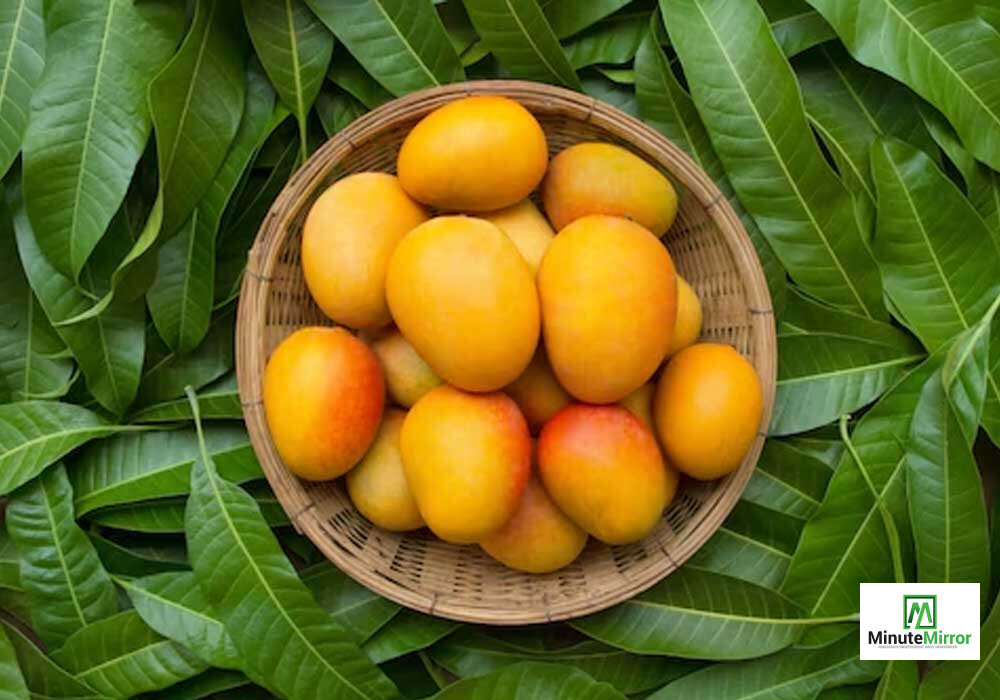https://www.europesays.com/2251231/ Fuel price hike ignites opposition fury #CrudeOil #CrudeOilPrice #Latest #OilPrice #Petroleum #Sindh
#sindh
MY VLOG: Jabri mazhab ki tabdeeli kia gunnah nahi? Matli may 15 sala hindu larki ki kahani
#pakistan #hindu #conversion #forcedmarriage #migration #laws #ppc #sindh #matli #hindugirls #kidnapping #abductions
Hindus biggest population in Pakistan lives in Sindh. They are vulnerable to being evicted from their lands & houses that are forcibly taken over by local influential mindset. Their girls are abducted and forced to convert to Islam & marry a Muslim man.
https://www.europesays.com/uk/207789/ ‘Arribada’ vanishes from shores #latest #Science #Sindh #UK #UnitedKingdom #wildlife
Sindh sees 50pc drop in influx of migratory birds due to climate change

BREAKING:
The senior #LashkarETaiba (LeT) terrorist commander Razaullah Nizamani has been shot to death in the #Sindh province of Pakistan by “unknown gunmen.”
LeT is a jihadi terror group mainly focused on #Kashmir.
Nizamani was the mastermind behind three significant terror attacks in India: the 2001 CRPF camp attack in Rampur, the 2005 IISc Bengaluru attack, and the 2006 RSS headquarters attack in Nagpur.
1. Climate Change
2. Water Shortage
3. Thunderstorm Damage
4. Impact on Farmers and Markets
5. What Needs to Be Done
https://minutemirror.com.pk/climate-change-water-crisis-storms-hit-sindhs-sweet-mangoes-392806/

MY VLOG: Bringing up canal issue by politicians is poor timing when Pakistan & India are facing off
It was a shame to see the cracks wide open between the political parties in Pakistan at a point where India and Pakistan are in confrontation. It reflected upon poor sense to prioritize issues.
MY VLOG: Bringing up canal issue by politicians is poor timing when Pakistan & India are facing off
It was a shame to see the cracks wide open between the political parties in Pakistan at a point where India and Pakistan are in confrontation. It reflected upon poor sense to prioritize issues.
Indian drone shot down in Ghotki, one civilian martyred, one injured
#BaaghiTV #IndianDrone #IndianAttacks #Ghotki #Pakistan #CivilianMartyred #Sindh #RegionalConflict
https://en.baaghitv.com/indian-drone-shot-down-in-ghotki-one-civilian-martyred-one-injured/

https://www.europesays.com/1919359/ Intrepid thieves dig 150-foot tunnel to steal oil from pipeline #CrudeOil #CrudeOilPrice #Latest #OilPrice #petroleum #Sindh
With rains falling below 52% this year, all we have is an irritating weather of sorts, plunging residents in a vicious circle of viral contamination. This is perhaps because of the climate change phenomenon, throwing open fears of a bad crop, a sustained dry season and spiral in food prices
https://tribune.com.pk/story/2524901/dry-spell-haze-and-snowless-phenomenon

Sindh's Agricultural Dilemma: Sugarcane Prices in Focus
Farmers in Sindh struggle for fair prices, while millers face export uncertainties. Can policy reforms strike a balance?
Read more: https://salmanmehdi.substack.com/p/sindhs-agricultural-dilemma-and-sugarcane

#Goaria is a #Marwari #RajasthaniLanguage spoken by some 25,000 people in #Sindh Province, #Pakistan. The people are predominantly #Hindu, and use the #HindiLanguage for worship.
UNIDO-NRSP Organized 16-Day of Activism Sessions in District Sujawal
#BaaghiTV #Pakistan #Sindh #Sujawal #UNIDO #NRSP #16DaysofActivism #DistrictSujawal #HaroonCharo #PAIDAR #NazarJoyo #MicroGrants #Peace #Equality #Resilience
https://en.baaghitv.com/unido-nrsp-organized-16-day-of-activism-sessions-in-district-sujawal/
President Asif Ali Zardari Affirms Pakistan's Readiness to Collaborate with UN States
#BaaghiTV #Pakistan #Sindh #Politics #PresidentZardari #UNStates #UNCharter #AsifAliZardari #IIOJK #Palestine
PAIDAR Project Micro-Grants Orientation Held at District Sujawal
#BaaghiTV #PAIDAR #PAIDARProject #MicroGrants #Orientation #DistrictSujawal #Sindh #SMEs #NRSP #UNIDO #Sujawal
https://en.baaghitv.com/paidar-project-micro-grants-orientation-held-at-district-sujawal/
About 85% of the Thar Desert lies in India, with the remaining 15% in Pakistan. It makes up about 4.56% of India’s total geographical area, with more than 60% of the desert located in the state of #Rajasthan and extending into #Gujarat, #Punjab, and #Haryana. In Pakistan, it stretches into the provinces of #Sindh and Punjab, where it is referred to as the Cholistan Desert.
On 50C #Heatwaves produced by #ClimateChange and turbocharged by one of #SouthAsia's worse #HeatIslandEffect, a direct result of the american car-centric #urbanPlanning ideology pushed throughout the world.
Mass #ClimateDeaths are just on the horizon for #Karachi and similar cities.
https://www.dawn.com/news/1857115/karachi-and-the-heat-trapped-in-it
